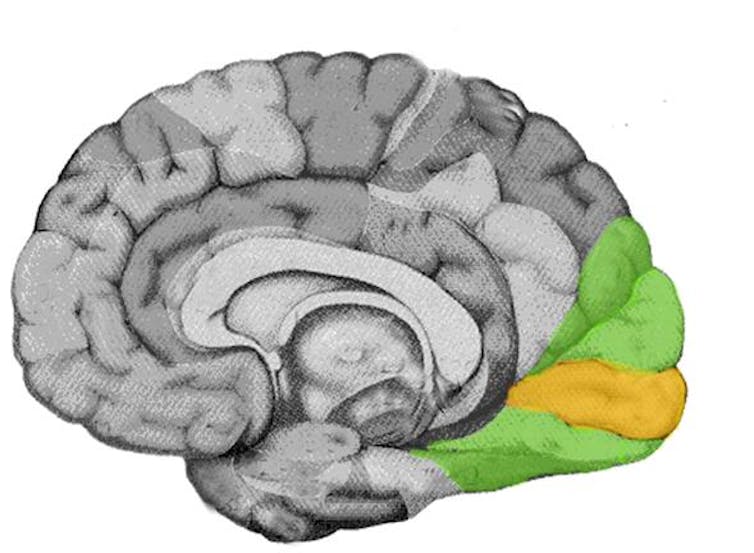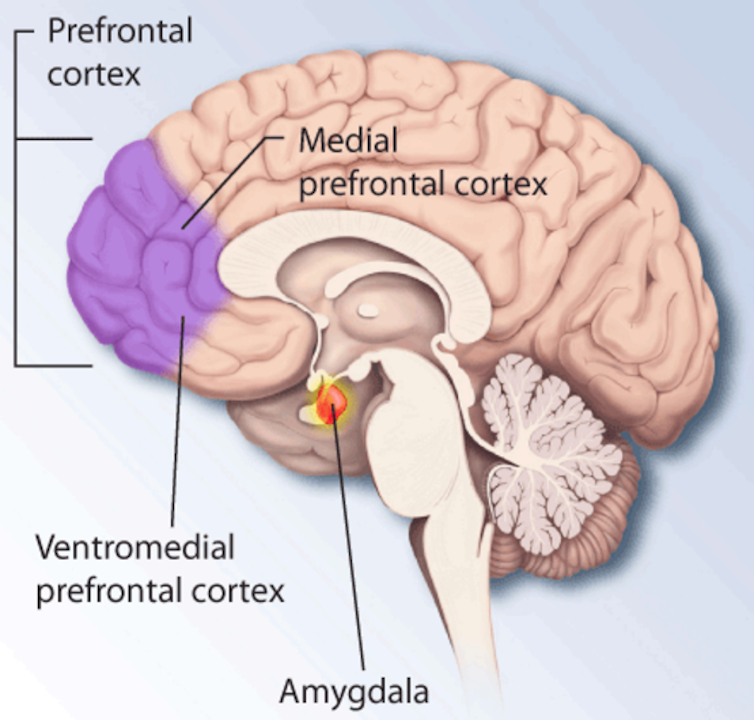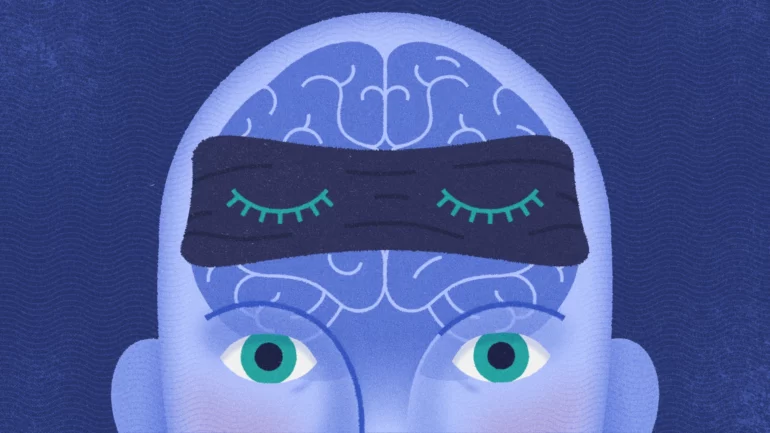
Curious Kids is a series for children of all ages. If you have a question you’d like an expert to answer, send it to [email protected].
Why are some people able to visualize scenarios in their minds, with colors and details, and some people are not? – Luiza, age 14, Goiânia, Brazil
Imagine you are in a soccer match, and it’s tied. Each team will begin taking penalty kicks. The crowd is roaring, and whether or not your team wins the game depends on your ability to hit the shot. As you imagine this scene, are you able to picture the scenario with colors and details?
Scientists are hard at work trying to understand why some people can visualize these kinds of scenarios more easily than others can. Even the same person can be better or worse at picturing things in their mind at different times.
As neuroscientists in the fields of physical therapy and psychology, we think about the ways people use mental imagery. Here is what researchers do know so far.
The brain and mental imagery
Mental imagery is the ability to visualize things and scenarios in your mind, without actual physical input.
For example, when you think about your best friends, you may automatically picture their faces in your head without actually seeing them in front of you. When you daydream about an upcoming vacation, you may see yourself on the sunny beach.
People who dream about taking a penalty kick could visualize themselves like they are watching a video of it in their mind. They may even experience the smell of the turf or hear the sounds that fans would make.
Scientists believe your primary visual cortex, located in the back of your brain, is involved in internal visualization. This is the same part of the brain that processes visual information from the eyes and that lets you see the world around you.

The visual cortex influences both visual and mental imagery.
Coxer via Wikimedia Commons
Another brain region, located in the very front of the brain, also contributes to mental imagery. This structure, called the prefrontal cortex, is in charge of executive functions – a group of high-level mental skills that allow you to concentrate, plan, organize and reason.

The prefrontal cortex controls executive functions.
The National Institute of Mental Health via Wikimedia Commons
Scientists have found such skills to be, at least to some extent, related to one’s mental imagery ability. If someone is good at holding and manipulating large amounts of information in mind, this person can play with things like numbers or images in their mind on the go.
Experiencing and remembering
Most of the same brain areas are active both while you’re actually experiencing an event and also when you’re visualizing it from a memory in your head. For example, when you behold the beauty of the Grand Canyon, your brain creates a memory…


